
The iPhone's App Store is becoming an increasingly juicy target for pirates, who have illegally cracked 20 percent of paid applications for free distribution.
Apple's App Store offers about 25,000 paid apps, and iPhone analytics company Medialets estimates at least 5,000 have been pirated. The company also said it has tracked dozens of apps with as high as a 100-to-1 pirated-to-paid ratio.
"It's a real problem that developers, Apple and the community need to address," said Eric Litman, CEO of Medialets, a market research company that tracks app statistics and usage for developers.
Just how much piracy affects App Store sales is unclear and remains up for debate — since Apple, tight-lipped as usual, has not disclosed any numbers. Apple didn't respond to several requests for comment.
Software piracy is rampant on the internet, with illegal, free downloads of expensive software just a Google search away.
The Business Software Alliance commissioned a study in 2008 that suggests the economic impact of software piracy is tens of billions of dollars. In the United States, if the amount of software piracy were reduced 10 percent over four years, the end result would be $41 billion in economic growth, according to the study.
So it was inevitable that the App Store would fall victim to piracy, too.
Pirated iPhone applications appear in a number of places. There is, for example, a 5.4 gigabyte Torrent file called the X-Mas iBrain Pack, which contains 808 cracked iPhone applications.
There are also websites hosting dozens of pirated iPhone apps, such as Appulo.us, which currently offers about 3,200 cracked apps. Another site, The Monkeys Ball, recently relaunched with 81 cracked apps. The Monkeys Ball promotes the cracked apps as "trial" downloads, encouraging users to buy the apps after they've tried them.
"We want people to think of these as trial apps since Apple doesn't allow trials of apps before purchase," said "Omar," one of the creators of the site, who refused to disclose his real name to Wired.com. "It's Apple's fault for not putting up a trials system."
Kai Yu, president of BeeJive, said he installed analytics software in his IM application BeeJive, and his company discovered 60 percent of activity comes from users who own pirated copies. BeeJive costs $16.
"We think that current piracy of content from the App Store is much more widespread than most people realize," Yu said.
Since Apple has not installed security in the App Store to combat piracy, BeeJive has had to enforce its own measures to disable cracked versions of its software. In fact, when users try to log in to pirated versions of BeeJive, they are instead pointed to a video clip of Office Space about theft.
However, not all app developers say piracy is a problem.
Brian Greenstone, owner of Pangea Software, said he actively tracked piracy of his iPhone game Enigmo, and piracy made a very insignificant impact on sales. During the first week of Enigmo's launch, only 5 percent of downloaded copies were pirated versions. After that week, piracy dropped to nearly 0 percent, according to Greenstone.
"Like any piracy scheme, it's just a matter of time until hackers find their way around," Greenstone said. "There are things we can do as developers, but since the piracy rate is so low, my thought is 'Who cares? It's not even worth the trouble.'"
Steve Demeter, developer of the popular iPhone puzzle game Trism, said he also saw little impact from piracy, even though his app was one of the first in the App Store to be pirated.
"When I first saw it on Pirate Bay I couldn't decide whether to freak out or to say, 'Whoa, cool!" he told Wired.com.
Demeter said his App Store sales decreased for about two weeks. However, he said eventually everything "evened out" and that he is not very concerned about piracy. (Demeter did, in fact, announce earning $250,000 in profit in just two months with Trism sales.)
Yu said he believes Apple is aware of App Store piracy and is working toward a permanent solution.
"This will hopefully be a temporary state, mostly due to the 'newness' of the App Store," Yu said. "It is like the Wild West."
(Image Courtesy Wired)
 Ever wondered how your simple finger tips work magic at an iPHONE??? If you thought it was THE HIDDEN POWER WITHIN;you weren't wrong. Electronic devices can use lots of different methods to detect a person's input on a touch-screen. Most of them use sensors and circuitry to monitor changes in a particular state. Many, including the iPhone, monitor changes in electrical current. Others monitor changes in the reflection of waves. These can be sound waves or beams of near-infrared. A few systems use transducers to measure changes in vibration caused when your finger hits the screen's surface or cameras to monitor changes in light and shadow.
Ever wondered how your simple finger tips work magic at an iPHONE??? If you thought it was THE HIDDEN POWER WITHIN;you weren't wrong. Electronic devices can use lots of different methods to detect a person's input on a touch-screen. Most of them use sensors and circuitry to monitor changes in a particular state. Many, including the iPhone, monitor changes in electrical current. Others monitor changes in the reflection of waves. These can be sound waves or beams of near-infrared. A few systems use transducers to measure changes in vibration caused when your finger hits the screen's surface or cameras to monitor changes in light and shadow.
 hanges the amount of charge at a specific point of contact. In resistive screens, the pressure from your finger causes conductive and resistive layers of circuitry to touch each other, changing the circuits' resistance.
hanges the amount of charge at a specific point of contact. In resistive screens, the pressure from your finger causes conductive and resistive layers of circuitry to touch each other, changing the circuits' resistance. 




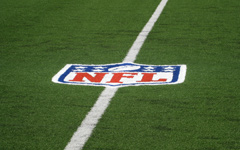






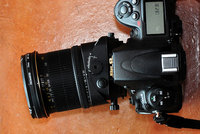



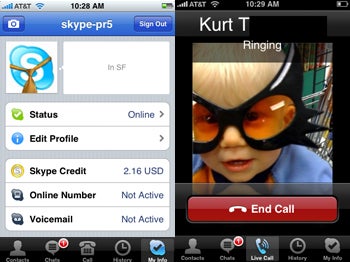
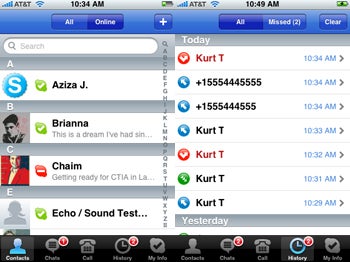
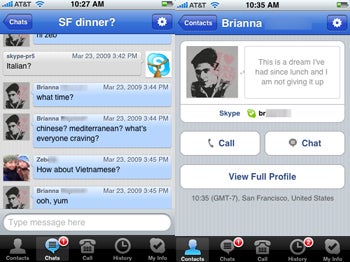








.jpg)



